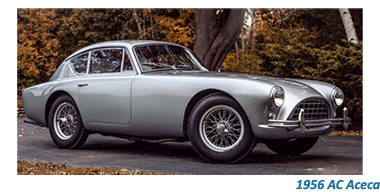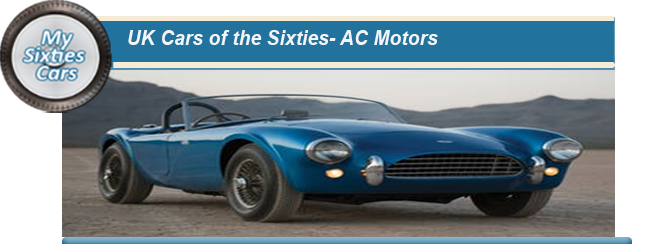
Founded in London in 1902 by the two Wellers brothers, the new company took their time before moving into tentative production.
From their founding, despite some financially turbulent years, the company succeeded in remaining in independent hands till well into the Nineteen Seventies.
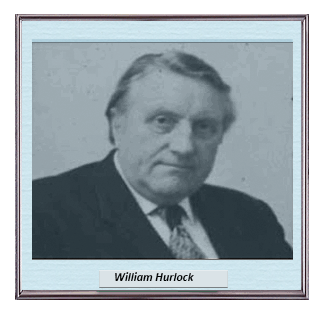 Initially, the Weller brothers had set their sights on building touring cars, although, under pressure from their financial backers, the company began to produce a three-wheel delivery vehicle, under the title of the Auto-Carrier (AC) which proved to be a great success in the crowded streets of the UK capital.
Initially, the Weller brothers had set their sights on building touring cars, although, under pressure from their financial backers, the company began to produce a three-wheel delivery vehicle, under the title of the Auto-Carrier (AC) which proved to be a great success in the crowded streets of the UK capital.
Driven by the success of the Auto-Carrier, in 1919 the Weller Brothers eventually achieved their dream of producing a touring car, based around the overhead-cam six-cylinder engine.
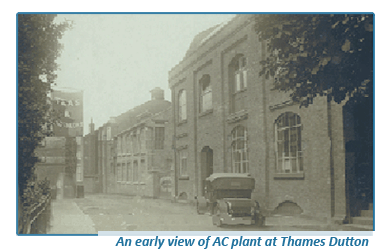 Despite the brothers’ high hopes, AC Motors failed to make any real impact on the touring car market, and the company went bankrupt about ten years later at the end of the Nineteen Twenties.
Despite the brothers’ high hopes, AC Motors failed to make any real impact on the touring car market, and the company went bankrupt about ten years later at the end of the Nineteen Twenties.
It would take five years before AC got back into production, only after the company was acquired by the Hurlock brothers.
The Hurlock’s first step was to give up on touring cars and switched production to sports cars and saloons.
![]()
AC began to enjoy some success throughout the Thirties, thanks to their popular two-seater 16/80 and 16/90 sports cars, until war clouds began to darken the horizon.
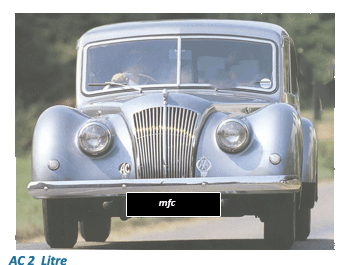 Like most other UK cat manufacturers, AC switched their entire production towards the war efforts.
Like most other UK cat manufacturers, AC switched their entire production towards the war efforts.
Post-war production restarted in 1947, with the traditional type 2-Litre model and Buckland open Tourer, both of which were steady sellers during their production run.
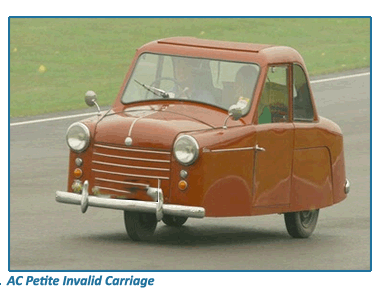 However, with no modern designs on the horizon, AC were high on the list of car manufacturers deemed the most likely not to make it in the post-war years.
However, with no modern designs on the horizon, AC were high on the list of car manufacturers deemed the most likely not to make it in the post-war years.
What did buy the company some valuable time was a contract to develop and produce a single seat invalid carriage for the UK Government, which kept the company afloat.
Known as the AC Petite, — the car was exceedingly simple, solidly built and earned profits for AC right up until the middle of the Seventies.
Some of these profits were wisely invested, when the company agreed to put an AC-engined version of John Tojeiro's racing sports car into production.
This was a completely different type of AC, and it served the company well till the late Sixties.
![]()
Both the Ace and the Aceca were attractive, and once fitted with the Bristol engine they reached performance levels equal to their looks and handling.
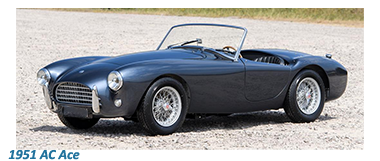 Driven by the success of the Ace and the Aceca, AC then stumbled with newer model launches, in particular with the Greyhound, which was larger, heavier and a lot more expensive.
Driven by the success of the Ace and the Aceca, AC then stumbled with newer model launches, in particular with the Greyhound, which was larger, heavier and a lot more expensive.
Despite that setback, a significant step forward for AC came in 1962 when the American enthusiast Carroll Shelby persuaded them to redesign the Ace, the result being the Ford-USA V8 engined Cobra.
AC built many engine-less Cobras at Thames Ditton and shipped them to the USA for final assembly.
In the late Sixties, AC launched the Cobra 428, which combined a longer-wheelbase, de-tuned Cobra 427 chassis with hand-crafted bodies by Frua of Italy.
The profits earned from these “ bread and butter” vehicles went a long way to financing a dream- to build quality sports cars which graced UK roads as well as those of the US for many years.


